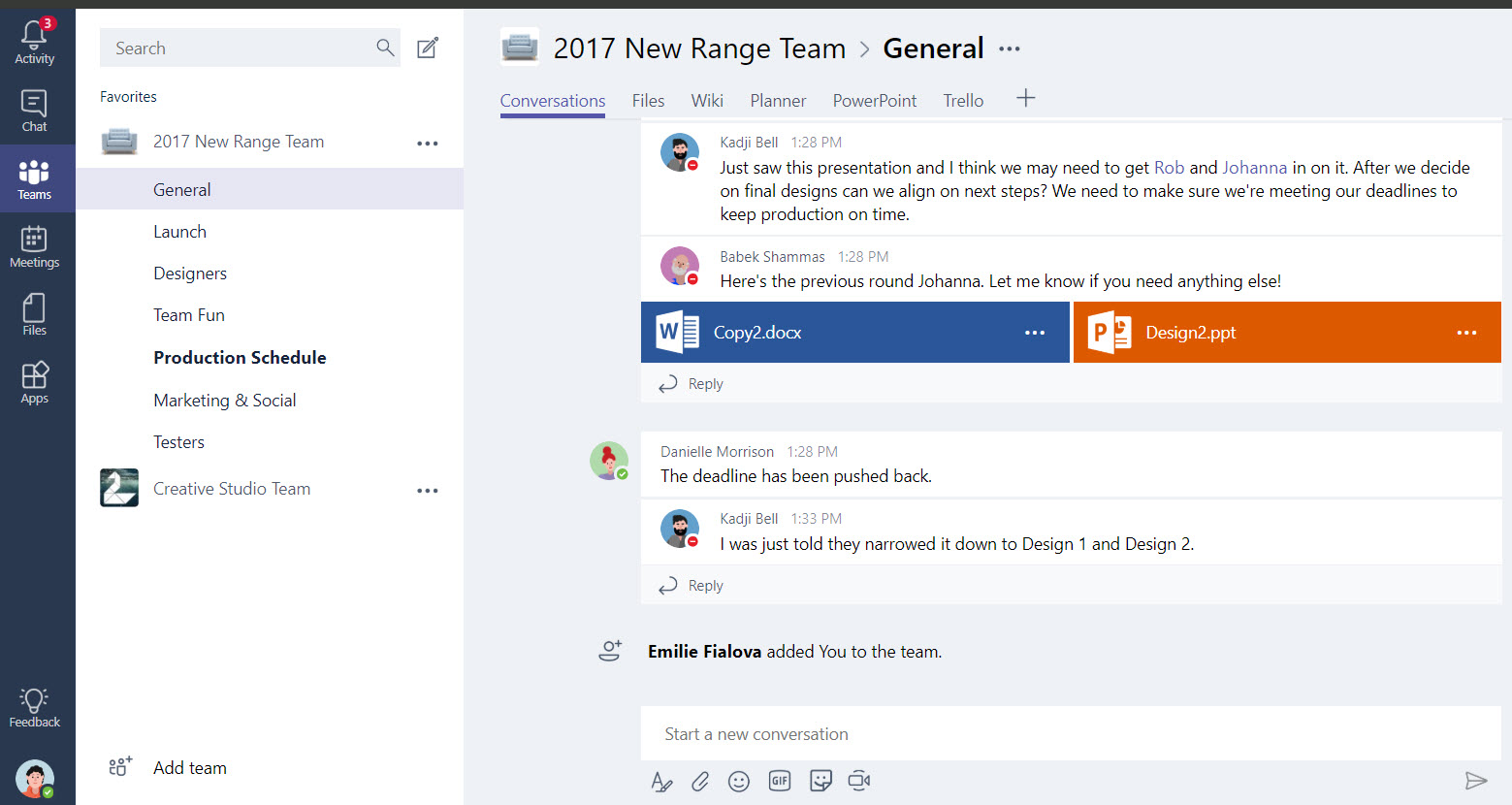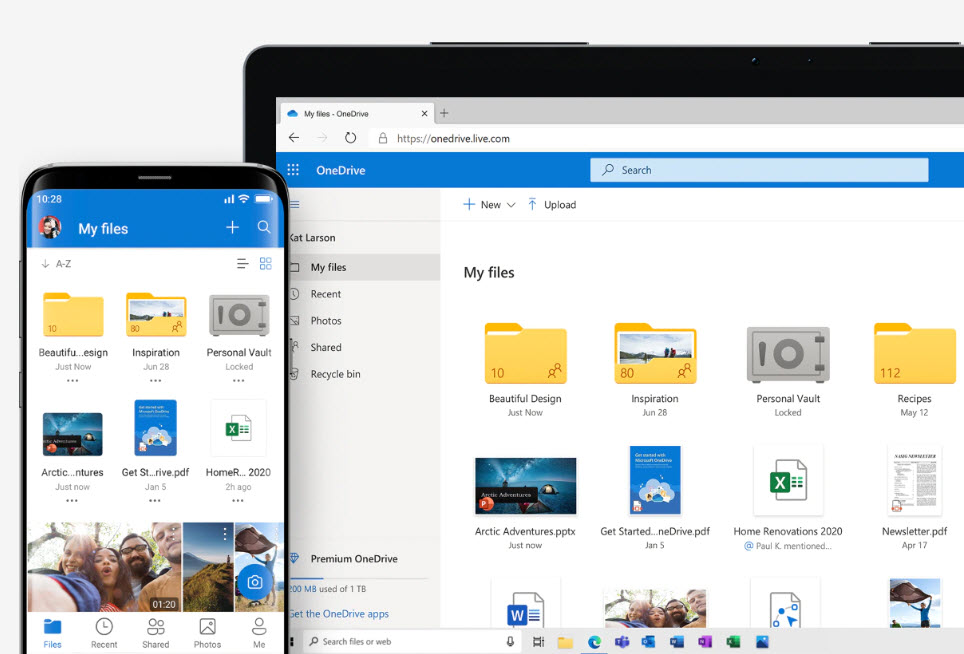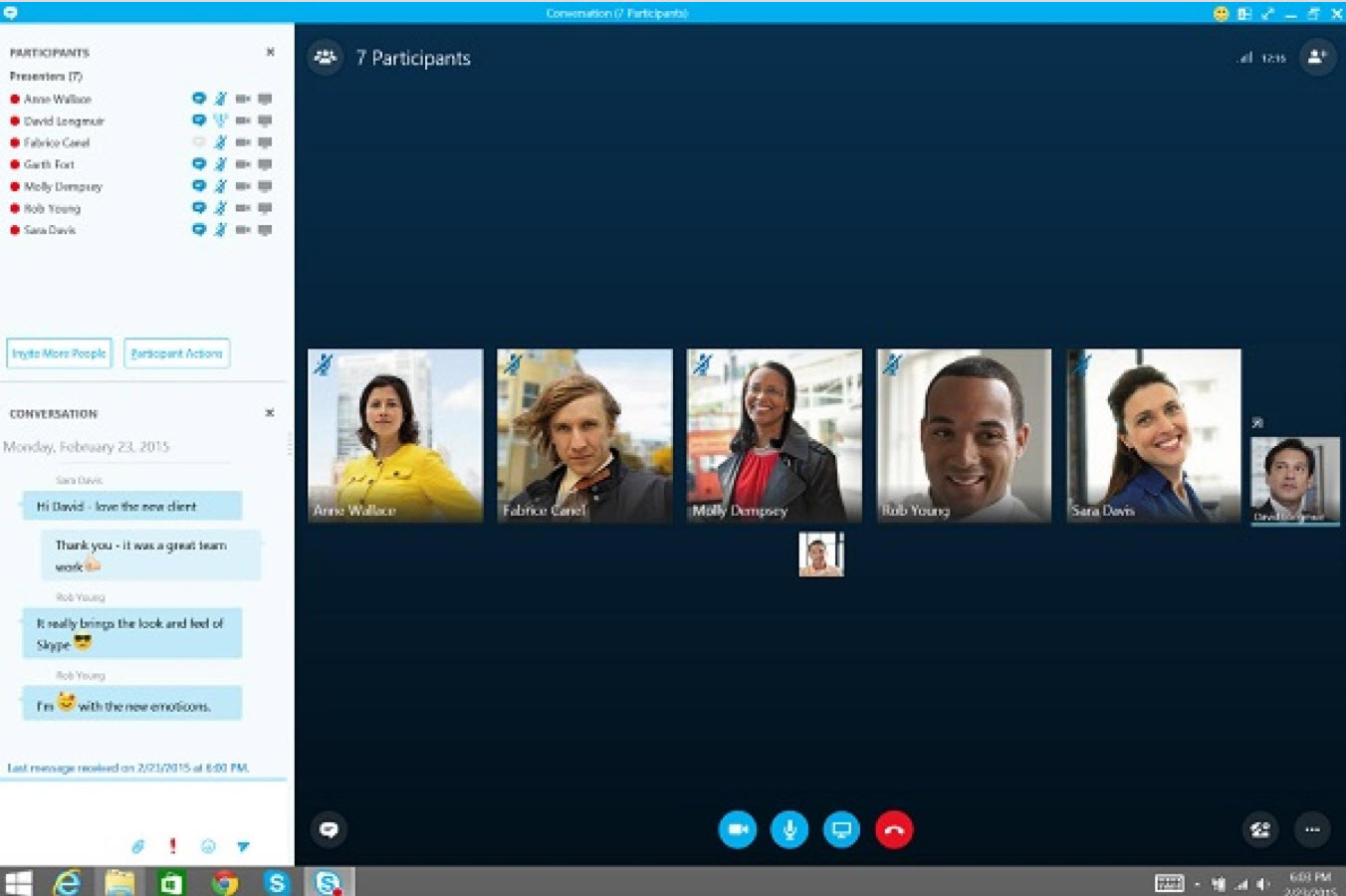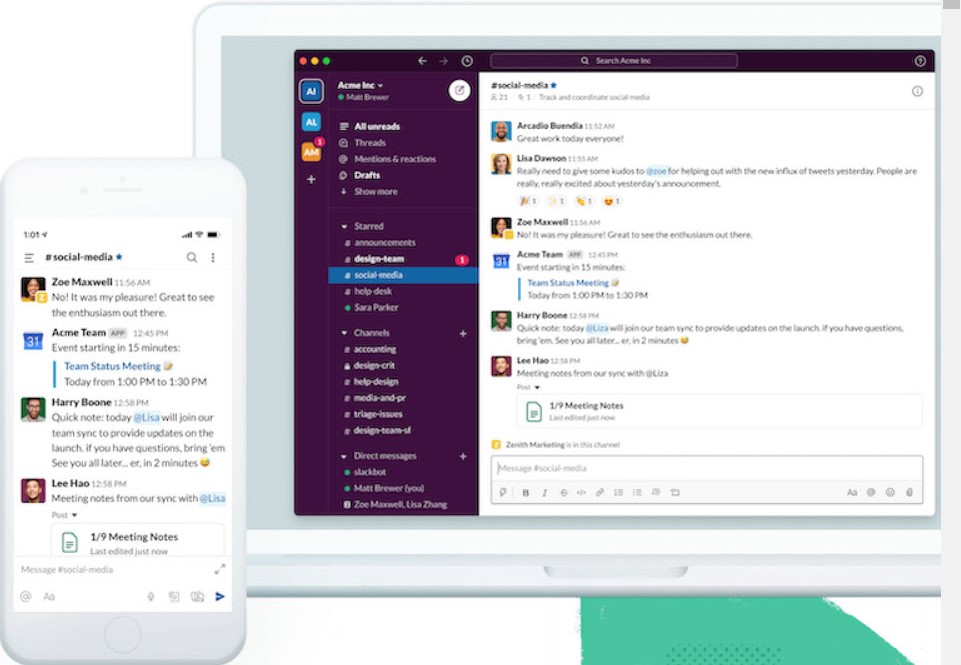6 remote work tools for virtual teams to thrive

These tools can help your team be productive and communicative no matter where employees are working.
Remote work grew 91 percent over the past decade, as technology has made it easier for employees to be part of a team whether they’re working from home, the office or another country.
There’s good reason why remote work has become so popular. Businesses save money on remote workers, but remote workers themselves also save thousands of dollars each year and they tend to stay with their companies for longer stretches of time. For the next generation of workers, remote work will be more than a nice-to-have perk—it will be a must. Upwork predicts that by 2028, 73 percent of all teams will have remote workers, as younger employees will demand the ability to work from anywhere.
Even as remote work has become common, many businesses still worry that remote work means lost productivity, poor communication, and a suffering company culture. But none of these worries need to come to fruition. Remote-work technology can help teams stay productive and in contact, allowing for face-to-face interaction through video chat and collaboration through shared files and screens.
Here are six collaborative tech tools that have made a difference for Vistage members and their remote teams.
1. Microsoft Teams
“We initiated the use of Microsoft Teams a few months ago firm-wide, and glad we did as we are all now working remotely with Teams. It’s a great platform for communication and remote team meetings.”
Randy Cook | Senior Partner & Managing Principal, TCF Architecture
This collaboration platform is a great place to start for organizations that already rely on Microsoft Office 365. Microsoft Teams combines video meetings, workplace chat, application integration and file storage into one platform, making collaboration far easier than emailing files and playing phone tag.
One especially distinctive feature of Microsoft Teams: If you have members of teams who communicate in another language, you can use the “translate” button to find out what they’re saying. Even if a member of your team is across the country and not fluent in English, this tool makes it easy to communicate and collaborate.
2. OneDrive
Another Microsoft tool, OneDrive is best known for its personal cloud storage. Not many people realize that OneDrive for Business will allow a business to backup all its documents, giving employees instant access via the cloud. With this feature, remote workers can share their files and work together from anywhere, instantly seeing the most recent version of each document.
3. Trello
“We use Trello to manage tasks and correspond regarding status. We’ve been a remote company for 10 years and have found it to be the best tool to track projects alongside other tools such as Slack, Messenger and email.”
Rachel Strella | CEO & Owner, Strella Social Media

For any manager who has ever worried about the productivity of their remote workers, Trello will ease your worries.
Trello is an online corkboard that allows workers to create cards and make lists—these could be tasks, notes, shared files, or the progress of a project. Trello’s corkboard style allows remote teams to use a Kanban style of lean management. Using this tool, employees can create visualizations of tasks to balance demand and capacity—work is done as capacity permits, not simply piled onto busy employees—allowing teams to efficiently finish tasks and make better decisions about what tasks to work on next.
This is a great tool to ensure that remote employees are balanced, staying on task while not getting too bogged down. With Trello, businesses will be able to see what tasks employees are working on and what tasks are coming up next in the queue. Beyond remote work, this tool would be helpful for teams that have had trouble with managing workflow.
4. Skype
“We are a service organization that delivers a lot of support remotely (now more than ever), and we have tested and used several tools. Our team uses Skype for short one-to-ones, Zoom for team meetings, GoToMeeting sometimes if there are restrictions with our customers to use other tools, and other conferencing tools when invited by customers (Webex, Skype for Business, Microsoft Teams). In other countries, our company also uses Microsoft Teams, but in the USA we prefer Zoom and GoToMeeting, in that order of priority. For us, Zoom is the highest quality and most stable solution for remote meetings.”
Tomas Fertig | CEO, Seidor USA Corporation
Another tool from Microsoft, Skype allows remote workers to have video and voice calls on their computers, mobile devices, and even smartwatches, so long as they have an internet connection. Skype is an excellent tool for employees to meet with each other face-to-face, allowing for focused, productive conversations.
Video chats will improve a team’s cohesion—with video chats, you’re seeing a face with the voice you hear, allowing team members to fully engage with one another.
5. Zoom
“My company uses ZOOM. It works well. It has both audio, video and shared screen capability. It works best on the desktop version but it also has a downloadable app for cell phones.”
Monica Alfisi | Business Performance Advisor, Insperity Irvine
An alternative to Skype, Zoom allows for audio and video communication. Where Zoom is unique is its shared screen capability—Zoom claims to be the only video conferencing software that allows users to share a video clip with its native audio. Zoom also has a feature that allows users to share mobile screens, another feature the company says is unique to its software.
6. Slack
“Slack is very popular with our client base beyond Microsoft Teams. Regardless of what platform, structure is key: Sharing wins, hosting meetings, setting goals and challenges and highlighting work flow will help with engagement, particularly for those not used to this environment.”
Jennifer Santangelo | Business Performance Advisor, Insperity – New England
Slack, an instant messaging platform, calls itself “the alternative to email,” with more than 1 billion messages sent over Slack each week.
But beyond messaging, Slack offers opportunities for better collaboration. Paid users of Slack can allow people outside their team to join their channels, connect tools and apps within Slack, and share screens with each other.
No matter if your employees work from their homes the office or a co-work space, these tools can bring them together as a team.
The time to prepare for virtual work is now. The office of the future likely will not be one central location, but many locations around the world at once. Many companies are embracing the benefits of remote or distributed workforces and are leveraging a variety of innovative tech tools. Companies that invest in these tools early will see their investment pay off greatly, especially with the incoming generation of employees.
Category: Technology
Tags: coronavirus, managing remote employees, remote work, Technology, virtual teams






